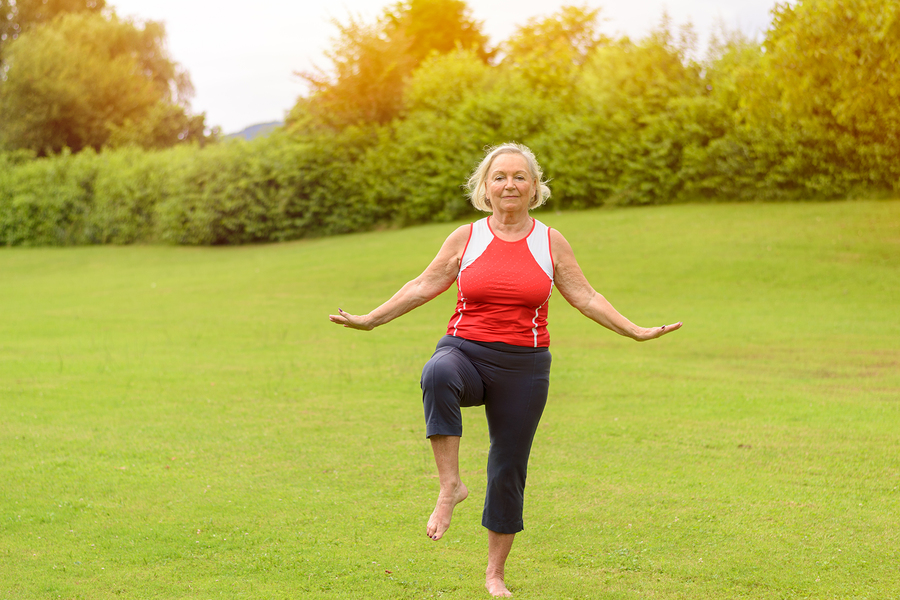A team of Brazilian researchers argue that this simple test should be included in routine health checks for older people.
They collected data from 1700 participants (68% men) aged 51-75 (average age 61) from 2009 to 2020.
The participants voluntarily attended the researchers’ clinic for one-off fitness checks which included a 10 second balance test.
They were instructed to put the front of their airborne foot against the back of their standing leg, with arms by their sides and looking straight ahead. Each person was given three tries.
About 20% (348) failed, and the inability to complete the test rose with age, doubling at every five-year interval after age 51-55.
Whereas nearly 5% failed in the 51-55-year bracket, this increased to almost 37% among 66-70-year-olds and topped 50% for those aged 71-75.
People in their 70s were more than 11 times as likely to fail the test as people in their 50s.
Moreover, people who failed the test were at greater risk of dying, most often from cardiovascular disease. They were more likely to be obese and have type 2 diabetes or other heart disease risk factors.
The researchers concluded that being unable to stand on one leg for 10 seconds was associated with a two-fold risk of death from any cause in the next 10 years.
Before you try it, discover you can’t make 10 seconds and decide you’re doomed, bear in mind that no information was collected on a range of potentially relevant factors such as recent falls history, exercise levels, smoking, drug use, eyesight, or foot health.
Despite that, it’s a quick and easy test that could be used alongside other common checks such as pulse and blood pressure.
We usually retain our balance until our 50s, but it can drop off markedly after that. Falls become a greater source of injury, and in our latter decade or two, can result in death.
The reason balance has predictive value is that it’s an indicator of muscle fitness, which has been shown to correlate with all-round health.
It’s important for each of us to practice balance and build muscle strength. To stand on one leg we need strength in our feet, legs, glutes and core.
So if you can’t make the 10 seconds, don’t panic, start practicing and getting stronger.
Ways to do that include weight training, yoga or Pilates, tai chi, dance, or if you go walking, choose a variety of surfaces rather than just a flat hard footpath.
Photo Source: Bigstock

